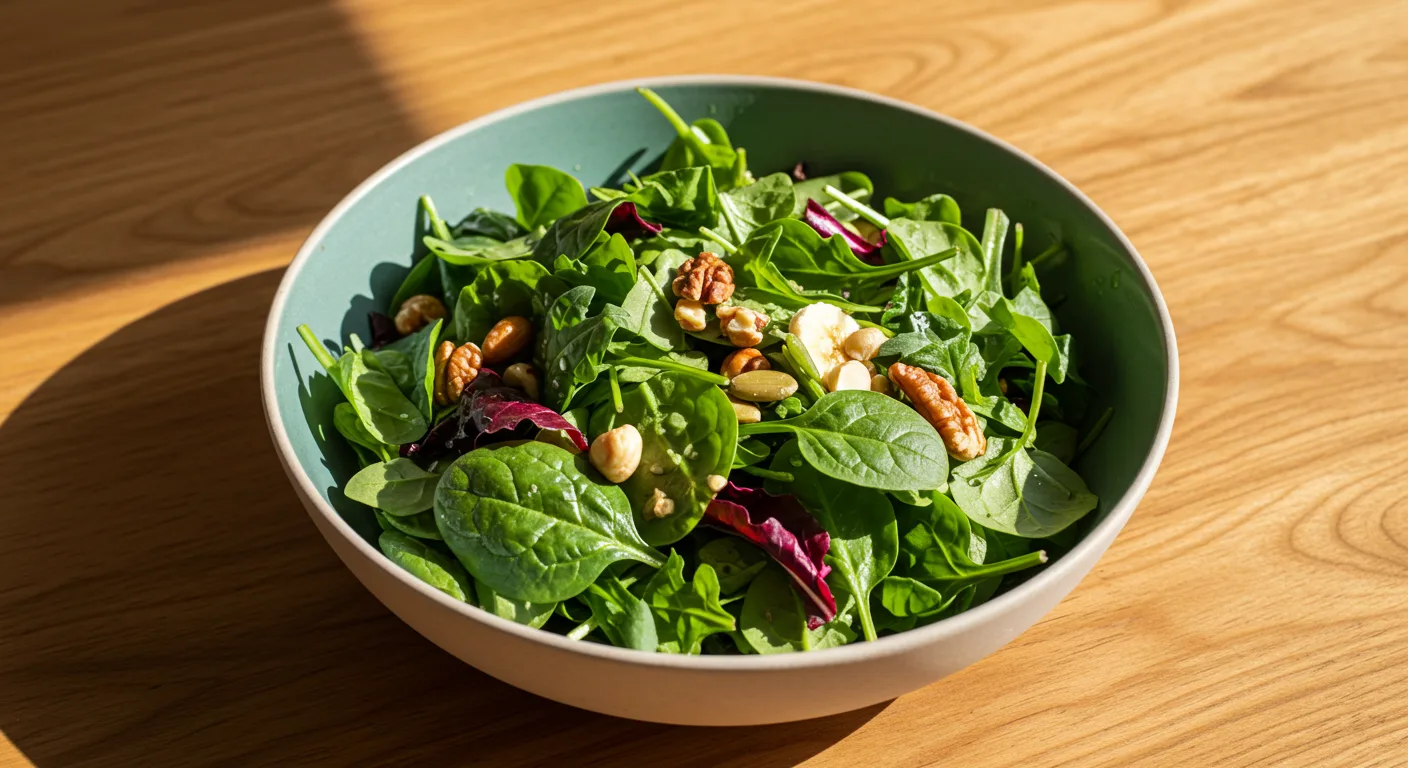Listen to the podcast instead?
Table of Contents
Introduction to Sweet Greens
Sweet greens are rapidly becoming the darling of the health-conscious community, and for good reason. Characterized by their mild, slightly sweet flavor and vibrant green leaves, sweet greens like spinach, kale, arugula, and chard are packed with nutrients that benefit both the body and the planet. Whether you’re a fitness enthusiast, advocate for sustainable living, or simply a fan of delicious, plant-based cuisine, sweet greens offer a versatile, eco-friendly choice that’s as healthy as it is satisfying.
This blog will explore everything you need to know about sweet greens—from their health benefits to their role in sustainable living and how to effortlessly incorporate them into your diet.

The Health Benefits of Sweet Greens
Greens deliver an impressive array of nutrients integral to maintaining good health. They are low in calories yet rich in vitamins, minerals, and fiber, making them an essential part of any balanced diet. Here’s what you can expect from adding greens to your meals regularly:
- Rich in Vitamins and Minerals
Sweet leaves are loaded with essential vitamins such as Vitamin A (for eye health), Vitamin K (for blood clotting and bone health), and Vitamin C (for immunity and healthy skin). They also boast minerals like iron, calcium, and magnesium.
- Packed with Antioxidants
Antioxidants in sweet greens, such as beta-carotene and lutein, help combat oxidative stress and reduce the risk of chronic diseases.
- Supports Digestive Health
The high fiber content in sweet greens promotes gut health, reduces bloating, and helps maintain steady blood sugar levels.
- Heart-Healthy Superfoods
Potassium in these greens helps regulate blood pressure, while compounds like folate protect against cardiovascular disease.
Dr. Rachel Edwards, a leading nutritionist, notes, “Sweet greens are one of the most nutrient-dense food groups available. Consuming a diverse range of these greens can provide everything from improved energy levels to better immune function.”
| Nutrient | Benefits | Examples of Sweet Greens |
|---|---|---|
| Fiber | Promotes gut health, reduces bloating, steadies blood sugar levels | Kale, Swiss chard, collard greens |
| Potassium | Regulates blood pressure, supports heart health | Spinach, beet greens |
| Folate | Protects against cardiovascular disease | Romaine lettuce, mustard greens |
| Antioxidants | Boosts immune function and reduces inflammation | Arugula, dandelion greens |
| Vitamins A, C, and K | Enhances energy, supports skin and bone health | Bok choy, watercress |
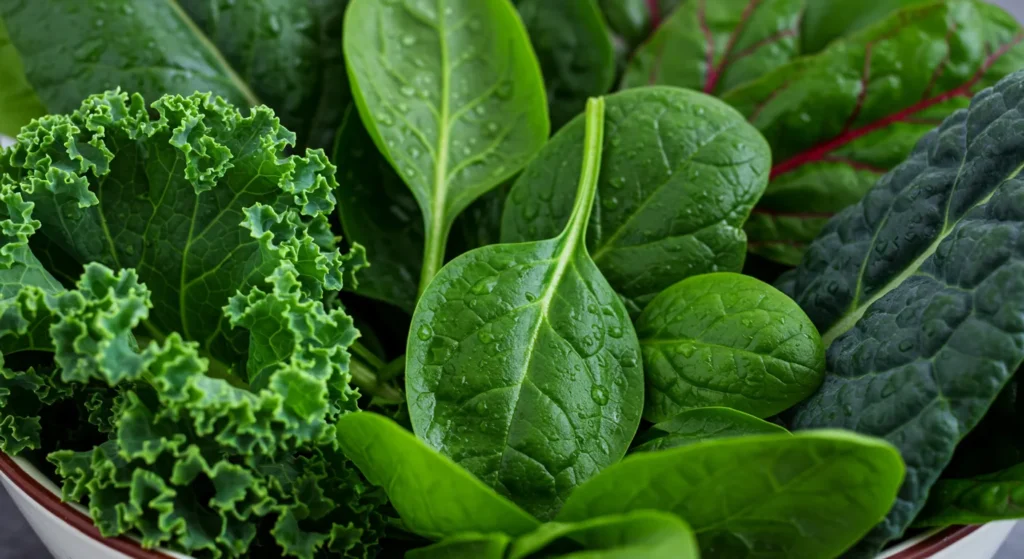
Sweet Greens in Vegetarian and Vegan Diets
For vegetarians and vegans, greens are a powerhouse of nutrients typically found in animal-based foods, such as iron and calcium. They work elegantly in a variety of dishes, adding both nutrition and flavor.
- A Plant-Based Protein Boost
While not complete proteins, greens like spinach and kale offer small amounts of protein, which can complement other plant protein sources like legumes or nuts in a balanced meal.
- Flavor and Versatility
Sweet greens can elevate the flavor of vegan curries, soups, smoothies, and salads. For example, a warm kale and quinoa salad with a lemon-tahini dressing makes for a wholesome meal that’s easy to prepare and packed with nutrients.
Chef Mia Cole, a vegan recipe developer, says, “Sweet greens are my go-to for infusing dishes with fresh flavors and vibrant colors. They’re like the black dress of vegan cooking—perfect for every occasion.”
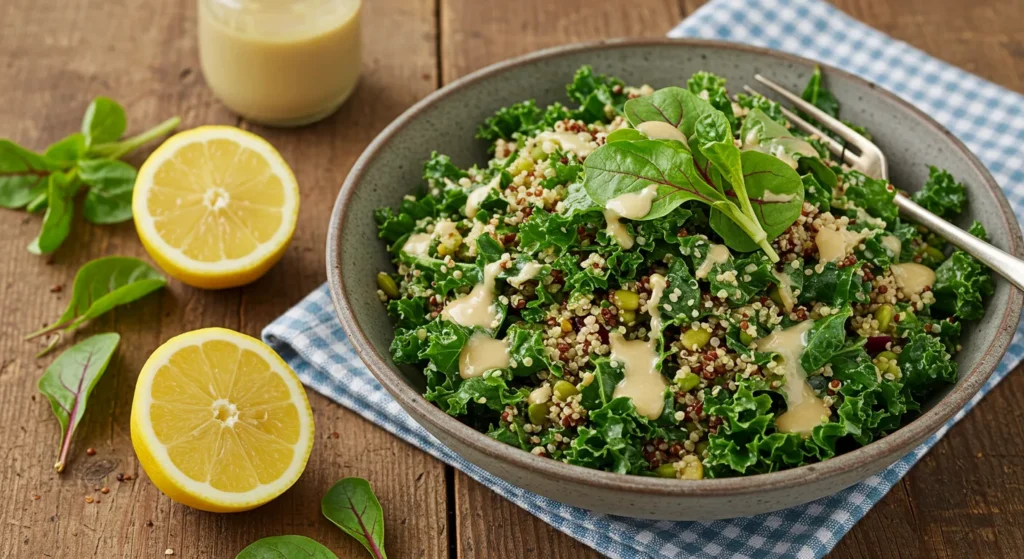
Sustainable Living and Sweet Greens
Sweet greens are not just good for your body—they’re also good for the planet. These crops can be grown efficiently, even in small-scale or urban settings, and they require significantly fewer resources to produce than animal agriculture.
- Low Carbon Footprint
Switching to plant-based foods like sweet greens reduces the environmental impact associated with water usage, soil degradation, and greenhouse gas emissions.
- Home Growing Potential
Sweet greens are some of the easiest crops to grow at home. Seed varieties like spinach and Swiss chard thrive in even modest sunlight, making them ideal for window gardens or balcony planters.
- Case Study in Sustainability
One community garden in Pittsburgh that emphasized growing sweet greens among local residents saw a reduction in household grocery bills by 30% and marked improvements in the overall diet diversity of participants.
Christina Young, a sustainable living advocate, emphasizes, “Including greens like spinach and arugula in your lifestyle means prioritizing both personal health and environmental health. It’s the perfect marriage of eco-friendly and practical.”

How to Incorporate Sweet Greens into Your Diet
If you’re excited to get started, here are some simple, delicious ways to integrate sweet greens into your daily diet:
- Smoothie Boosters
Replace half your fruit with a handful of spinach or kale in your morning smoothie. Fruits like bananas and berries naturally mask the greens’ flavor.
- Fresh, Seasonal Salads
Greens like arugula pair beautifully with seasonal veggies, nuts, and vinaigrettes. Add a touch of goat cheese or avocado for creaminess.
- Green Pesto
Use sweet greens such as spinach or Swiss chard instead of basil for a unique take on pesto. Simply blend with olive oil, garlic, nuts, and parmesan (or vegan alternatives).
- Sautéed Sides
Wilted greens cooked with garlic and olive oil make a simple yet satisfying low-calorie side dish.
- Vegetarian Soups and Stews
Toss a few handfuls of greens into soups or stews during the last few minutes of cooking for added nutrients and color.
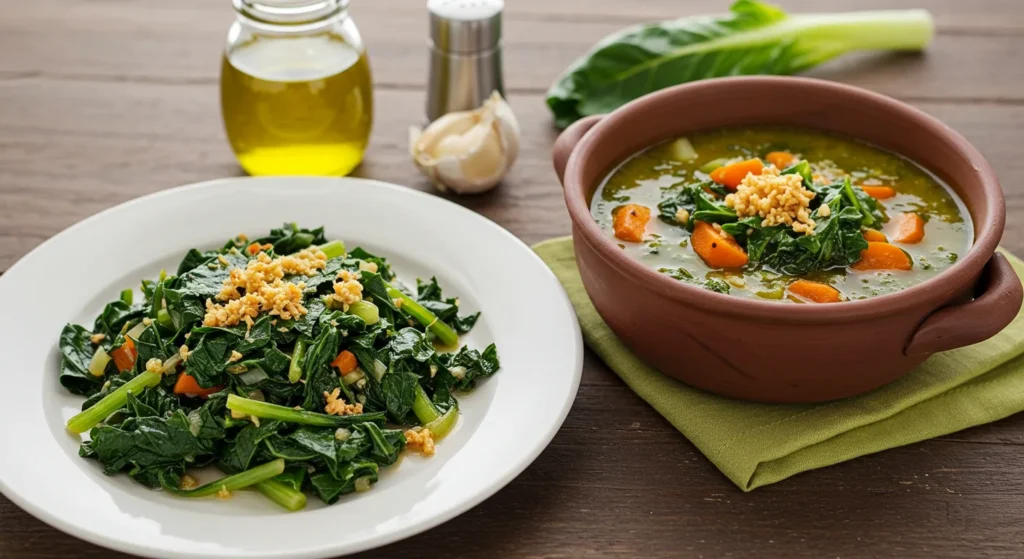
The Future of Sweet Greens
The demand for sweet greens is growing alongside a surge in interest in healthy eating and sustainable farming practices. The global market is seeing innovations such as hydroponic farms and vertical farming methods that enhance the production of greens even in urban settings. Farmers’ markets and meal delivery services are increasingly centering their offerings around these nutrient-rich powerhouses.
A standout example is a dining chain in California that increased foot traffic by 40% by featuring greens on their menu, promoting them as a sustainable superfood.
Dr. Michaela Reyes, an expert in sustainable agriculture, predicts, “Sweet greens will soon become a staple ingredient not just for health-conscious families but also for companies looking to reduce their environmental impact through their supply chains.”
Sweet Greens for a Better Tomorrow
Sweet greens embody the best of health, flavor, and sustainability. From supporting balanced vegetarian diets to playing a crucial role in eco-conscious living, these leafy greens deserve a regular spot on your plate. Easy to grow, easy to cook, and endlessly versatile, greens are a step toward a healthier you and a healthier planet.
Start small by adding an extra serving of greens to your next meal—or consider growing your greens at home to truly see the full benefits.
Looking for more ideas or guidance? Follow us for expert tips, sustainable recipes, and everything you need to become a sweet greens advocate in your community!

Spreading the Sweet Greens Movement
Building a community around greens can have a profound impact on public health and environmental sustainability. Whether through local initiatives, educational workshops, or food programs, empowering individuals to embrace these nutrient-rich greens can inspire meaningful change.
- Community Gardens as Educational Hubs
Community gardens offer a space not only to grow greens but also to educate participants about their benefits, planting methods, and recipes. Hosting events like “grow your own greens” workshops or taste-testing sessions can spark widespread interest in these versatile vegetables.
- Collaboration with Schools
Partnering with schools to introduce sweet greens into lunch programs can teach children about nutrition from a young age. School gardens that allow students to grow and harvest their own greens provide hands-on learning opportunities about food systems and sustainability.
- Leveraging Social Media
Social media platforms are powerful tools for spreading awareness and encouraging others to join the sweet greens movement. Sharing tips, recipes, and success stories can inspire followers to make small, impactful changes that ripple outward into their own communities.
By fostering a culture of collaboration and engagement, we can showcase the potential of sweet greens to transform both personal and planetary health. Together, we can build a healthier, greener future—one leaf at a time.
| Action | Purpose | Impact |
|---|---|---|
| Share recipes | Encourage followers to try new ways of incorporating sweet greens | Builds enthusiasm and helps others adopt healthier eating habits |
| Post success stories | Highlight personal health transformations or community initiatives | Inspires others to take action and fosters a sense of possibility |
| Offer tips on sustainability | Provide advice on growing, buying, or preserving sweet greens | Educates followers on making eco-friendly choices |
| Engage with comments and shares | Respond to questions or start discussions in posts | Creates a collaborative and supportive online community |
Success Stories from the Sweet Greens Movement
The rising popularity of sweet greens has already led to incredible transformations in communities around the world. These success stories highlight how small changes focusing on these nutrient-packed greens can make a big difference.
- Urban Farming Revolution in Detroit
Faced with food deserts and limited access to fresh produce, a group of local entrepreneurs in Detroit launched a hydroponic farming initiative to grow sweet greens sustainably. Within two years, the program supplied fresh spinach and Swiss chard to over 30 corner stores, significantly improving access to healthy options in underserved neighborhoods.
- Health Improvements for Seniors in Austin
A senior living community in Austin introduced weekly cooking classes centered on recipes featuring sweet greens. Over six months, participants reported lower cholesterol levels, improved mobility, and an increased sense of community through shared meals.
- Lifestyle Impact for Busy Professionals
Recognizing the growing demand for convenience, a meal-prep service in New York City added arugula and kale-based dishes to their menu, catering to health-conscious professionals. Customers praised the service for providing easy ways to incorporate greens into their packed schedules, resulting in a 25% increase in retention rates for the company.
These examples show how sweet greens have the power to address a wide array of challenges—including food accessibility, health disparities, and sustainable business practices. Whether on a local or global scale, the impact of these small but mighty greens continues to grow.
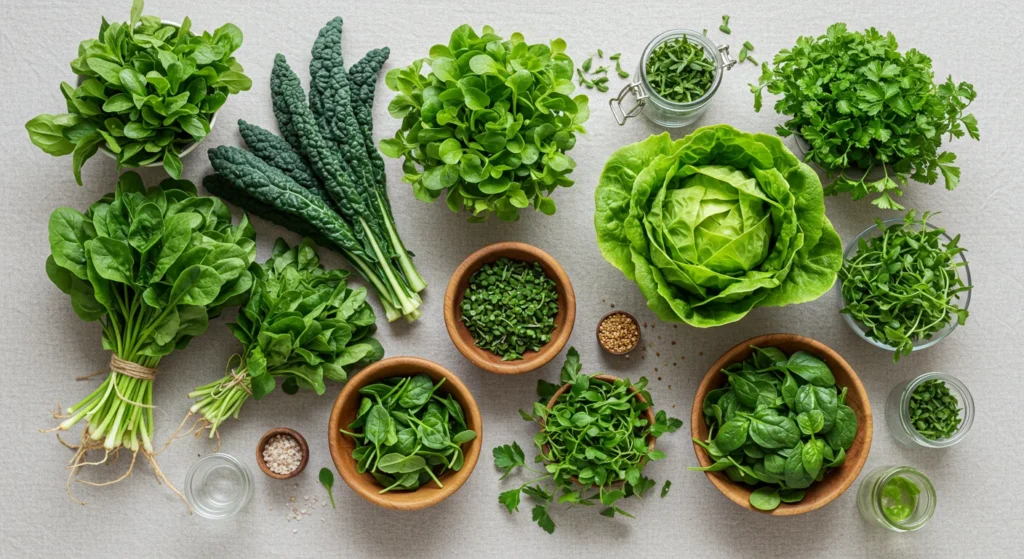
Joining the Movement
Now more than ever, the sweet greens movement needs advocates like you to help spread the word. Whether through personal commitment, community action, or professional engagement, even small efforts can create lasting change. Together, we can reimagine a world where fresh, healthy, and sustainable food is accessible to everyone.
Are you ready to take the next step? Start today by sharing this guide, hosting a greens-themed dinner with friends, or planting spinach seeds in your backyard. Every action makes a difference, no matter how small. Join us in building a vibrant, sustainable future rooted in the power of sweet greens!
The Future of Sweet Greens Advocacy
To ensure the continued growth and success of the sweet greens movement, it is vital to explore innovative strategies and collaborations across diverse sectors. From science and technology to policy and industry, the potential for impactful partnerships is limitless.
Harnessing Technology for Sustainable Agriculture
Advancements in agricultural technology open new doors for scaling sweet greens production while minimizing environmental impact. Innovations such as vertical farming, precision agriculture, and AI-driven monitoring systems enable farmers to grow greens more efficiently, using fewer resources like water and land. By supporting the adoption of these technologies, we can make greens more widely available and affordable across regions.
Engaging Policymakers for Supportive Legislation
Policy plays a critical role in shaping the accessibility and adoption of nutrient-rich, sustainable crops like greens. Advocacy efforts focused on lobbying for subsidies for sustainable farming methods or including greens in government nutrition programs, such as school lunches, could accelerate their integration into everyday diets. These policy changes would not only increase consumption but also support farmers in transitioning to greener, more profitable practices.
Encouraging Corporate Responsibility
Corporations have a unique opportunity to contribute to the sweet greens movement by incorporating these ingredients into their offerings and promoting them as a centerpiece of sustainable dining. From restaurant chains to packaged food companies, businesses that prioritize greens show consumers their commitment to health and the planet. Launching employee wellness programs that educate staff on the benefits of sweet greens can also foster enthusiasm and engagement from within.
Ongoing Education and Awareness
Finally, the importance of consistent education cannot be overstated. Campaigns that utilize both digital platforms and in-person events can continue to share the nutritional, environmental, and community benefits of greens in compelling ways. Creating partnerships with influencers and chefs to develop and share easy, flavorful recipes will help greens maintain their excitement and relevance in everyday life.
By continuing to innovate and collaborate, the sweet greens movement can grow into a model for sustainable living and holistic health solutions. The future is bright—and green—for this transformative initiative.
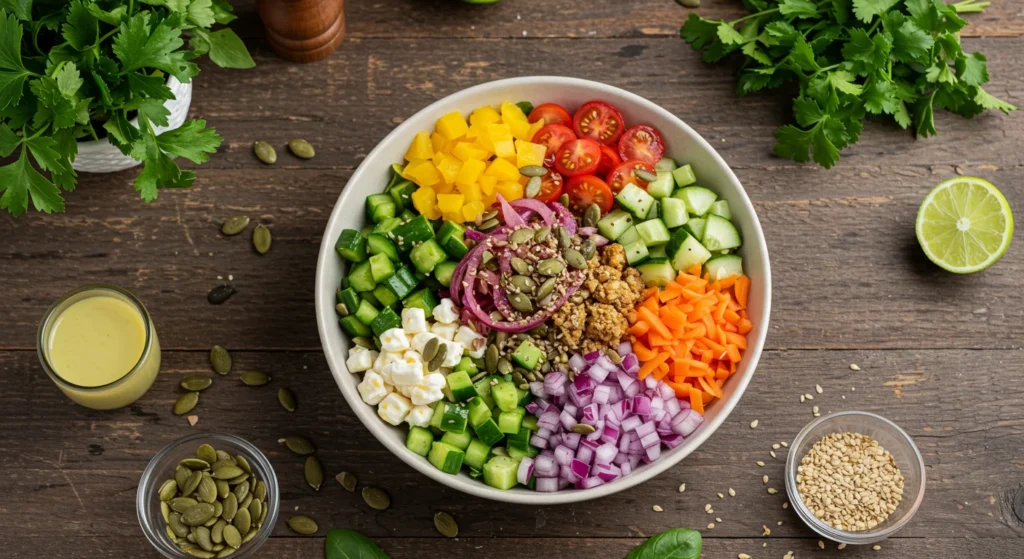
Conclusion
The momentum behind sweet greens represents more than just a dietary shift—it reflects a broader movement toward sustainability, health, and community connection. By combining innovation, education, and collaboration, individuals and businesses alike can drive meaningful change that benefits both people and the planet. The path forward calls for continued dedication to integrating sweet greens into the fabric of daily life, ensuring that this trend becomes a lasting legacy of nourishment and environmental care. Together, we have the power to create a healthier, greener future for generations to come.
FAQs
What are sweet greens?
Sweet greens refer to a variety of leafy greens that are not only nutritious but also flavorful and versatile. They are often used in recipes for salads, smoothies, and cooked dishes, promoting a healthy and sustainable diet.
Why are greens important?
greens offer numerous health benefits, including essential vitamins, minerals, and antioxidants that boost overall well-being. They are also a key part of sustainable eating habits, as they can be grown and consumed with minimal environmental impact.
How can I incorporate greens into my diet?
greens can be easily added to your daily meals by preparing salads, blending them into smoothies, or sautéing them as a side dish. Partnering with chefs and exploring diverse recipes can open up creative ways to enjoy them.
Are greens suitable for all diets?
Yes, greens are incredibly versatile and suit a wide range of dietary preferences, including vegan, vegetarian, and gluten-free diets. They’re also low in calories, making them ideal for weight management.
Where can I find greens?
Greens are available at most grocery stores, farmer’s markets, and specialty food stores. For the freshest produce, consider supporting local farmers or growing your own greens at home.
What are the health benefits of sweet greens?
Sweet leaves are packed with essential nutrients that promote health and vitality. They are rich in vitamins like A, C, and K, as well as minerals such as calcium, potassium, and magnesium. Additionally, their high fiber content supports digestive health, while their antioxidants help combat inflammation and improve overall immunity.
Can children enjoy sweet greens?
Absolutely! Sweet leaves are a wonderful way to introduce children to nutrient-rich foods. Their mild and pleasant flavor makes them appealing to younger palates, especially when blended into smoothies, added to pastas, or included in fun recipes like homemade veggie wraps.
How should I store greens for freshness?
To keep sweet leaves fresh, store them in the refrigerator in a breathable produce bag or container with a dry paper towel to absorb excess moisture. Make sure to wash them only before use to prevent premature wilting. Proper storage can extend their shelf life by several days.
Resources for Sweet Greens
- Advanced Nutrition Insights
- Read articles and research papers on PubMed for in-depth studies about the health benefits of sweet greens.
- Explore the Harvard T.H. Chan School of Public Health for evidence-based information on the role of greens in a healthy diet.
- Meal Planning Tools
- Use apps like Mealime which offer customizable meal plans focusing on fresh and nutritious ingredients.
- Subscribe to a meal kit delivery service such as Green Chef, which provides organic and pre-portioned ingredients, often featuring sweet greens.
- Sustainability and Sourcing Guides
- Learn how to choose sustainably sourced greens through resources like the Environmental Working Group’s Food Scores that rate produce based on health and environmental impact.
- Participate in programs by Local Harvest to find community-supported agriculture (CSA) options for the freshest greens.
- Greens Gardening Tutorials
- Discover the joy of growing your own sweet greens with guides from The Old Farmer’s Almanac.
- Use resources like Master Gardeners programs to get expert advice on cultivating sweet greens in your backyard or in containers.
- Creative Cooking Ideas
- Experiment with incorporating sweet greens into your daily meals by exploring recipe collections like those available on Epicurious or AllRecipes. From smoothies to hearty main dishes, these platforms can help you find inspiration to elevate your greens.
- Take a cooking class, either virtually or in-person, that focuses on healthy and sustainable cooking techniques for greens. Websites like MasterClass or local culinary schools often offer specialized courses.
- Health Benefits of Sweet Greens
- Sweet greens are packed with essential vitamins and minerals. Educate yourself on their specific benefits through trusted sources like the Harvard T.H. Chan School of Public Health.
- Learn how regular consumption of sweet greens can contribute to improved digestion, enhanced immunity, and overall vitality by consulting resources from organizations like the CDC.
- Seasonal Guides and Availability
- Stay informed about which sweet greens are in season by referring to seasonal produce calendars like those provided by USDA SNAP-Ed.
- Shop at farmers markets to ensure that your greens are as fresh and flavorful as possible, while also supporting local agriculture. Websites like Farmers Market Coalition can help you locate markets near you.

